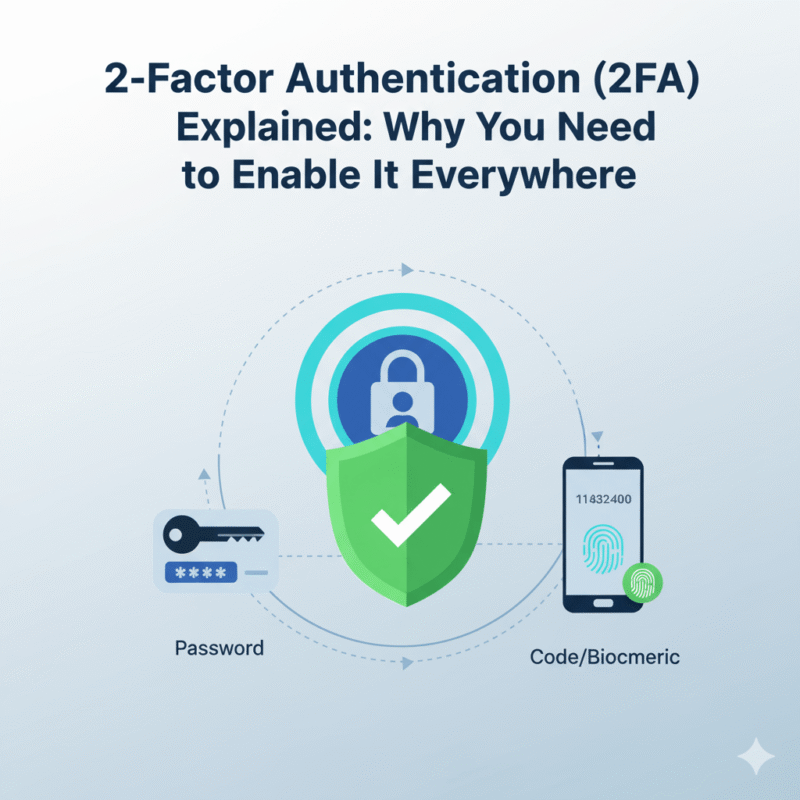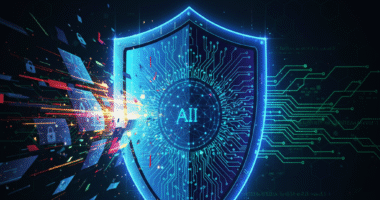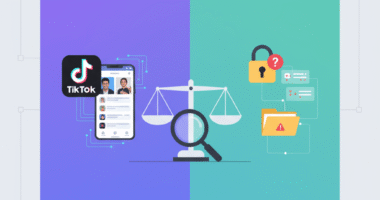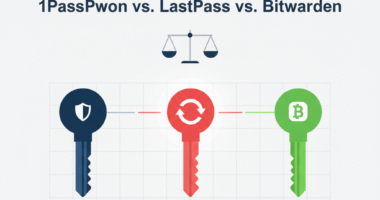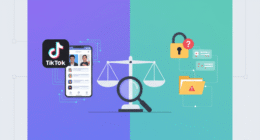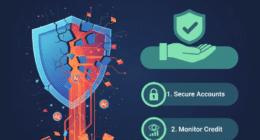I’ll never forget the morning I woke up to an email alert: “Suspicious login attempt from a new device.” My heart sank. Someone, somewhere, had gotten my password. Thankfully, a simple six-digit code sent to my phone stopped them. That second step, that digital deadbolt, was the only thing standing between a hacker and my entire digital life. That is the power of 2-Factor Authentication, or 2FA. You have probably seen the prompts to enable it, but you might have wondered, “what is 2FA, really, and is it worth the hassle?” The answer is a resounding yes.
What is 2-Factor Authentication (2FA) in Simple Terms?
In the simplest terms, 2FA is like needing two keys to open your front door instead of just one.
Your password is the first key. It is something you *know*. The second factor is a second key. It is usually something you *have*, like your phone, or something you *are*, like your fingerprint. Even if a thief steals your first key (your password), they still cannot get in without also having your second key. This simple concept is one of the most powerful ways to secure your online accounts.
Why Your Password Alone is Not Enough
Many people believe that a strong password is all they need. While creating an unhackable password is a critical first step, it is no longer enough on its own. Data breaches happen to even the largest companies. This means data breaches can leak your password onto the dark web through no fault of your own.
Once a hacker has your password, they can try to use it on all your other accounts. This is why a single layer of security is so dangerous. However, when you have 2FA enabled, a stolen password becomes almost useless to a hacker. They still need that second key.
The Most Common Types of 2FA (and Which is Best)
When you enable 2FA, you will usually see a few options for your second factor. Understanding “what is 2FA” also means understanding these different types.
- SMS (Text Message) Codes: This is the most common method. When you log in, the service sends a one-time code to your phone via text message. It is convenient, and it is much better than nothing.
- Authenticator Apps: These are apps on your phone (like Google Authenticator or Authy) that generate a new, time-sensitive code every 30 seconds. This is more secure than SMS because it is not vulnerable to phone number hijacking.
- Physical Security Keys: This is the gold standard. It is a small USB or NFC device that you plug into your computer or tap on your phone to approve a login. This method is the most secure because it protects you from phishing attempts.
Verdict: While any 2FA is good, “Authenticator Apps” offer the best balance of security and convenience for most people.
A Quick Walkthrough: How to Enable 2FA on Your Google Account
Let’s make this practical. Enabling 2FA on your Google account is a great place to start.
- Go to your Google Account security page.
- Under “How you sign in to Google,” click on “2-Step Verification.”
- Click “Get Started” and follow the on-screen prompts. You will be able to choose whether you want to receive codes via text message or use an authenticator app.
The entire process takes less than five minutes and instantly makes your account dramatically more secure.
My Personal Take: The Single Most Important Security Step I’ve Ever Taken
After that “suspicious login” scare, I spent an afternoon enabling 2FA on every important account I have: my email, my bank, my social media, and my password manager. It took about an hour. That one hour has given me years of peace of mind. Now, I no longer worry as much about data breaches or sophisticated phishing scams. I know that even if a criminal gets my password, my digital front door is still securely locked. Enabling 2FA is honestly the single best return on investment for the time I have ever spent on my personal security.
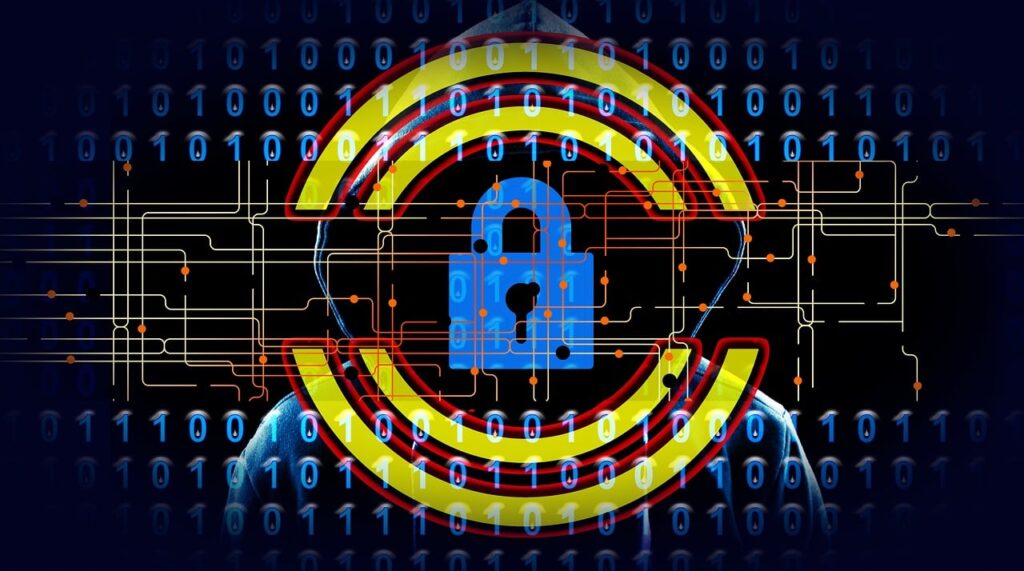
Conclusion: Your 5-Minute Upgrade for a Lifetime of Security
In conclusion, the answer to “what is 2FA?” is simple: it is the digital deadbolt for your online life. It is an essential layer of security that protects you even if your password is stolen. In an era of constant data breaches, it is not just a feature for the tech-savvy; it is a fundamental necessity for everyone. Taking the five minutes to enable it on your most important accounts is the single biggest step you can take today to protect your digital privacy for a lifetime.
Take Action in the Next 5 Minutes!
Your challenge: Pick one critical account—like your primary email—and enable 2FA on it right now. Share this article with a family member to help them stay safe, too!
